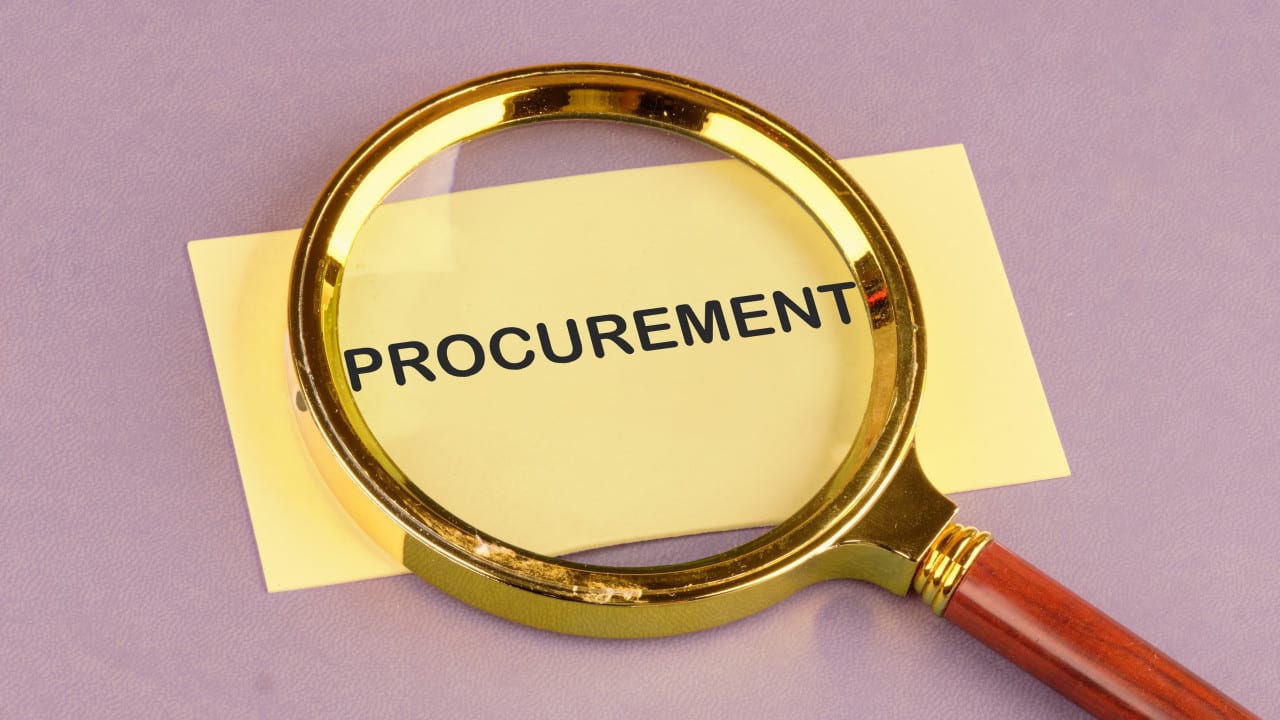From requisition to payment: how the procure-to-pay process streamlines procurement

Businesses constantly face challenges in managing their procurement processes — including disjointed workflows, erroneous data entry, low visibility into operations, and stretched payment cycles. These issues not only upset operational efficiency but also translate into substantial financial losses and strain in supplier relationships.
The procure-to-pay process provides a strategic solution to the aforementioned challenges and much more. P2P enhances and simplifies procurement activities from requisition to payment, reducing costs and boosting supplier relationships.
What is the Procure-To-Pay Process?
Procure to pay or P2P is a comprehensive process that integrates procurement and accounts payable functions within a company, covering the entire lifecycle of a purchase — starting with the requisition of goods or services and ending with payment to the supplier. This process ensures that all procurement activities align with organizational policies while maintaining robust financial controls throughout.
P2P also focuses on optimizing procurement practices to achieve heightened efficiency, cost savings as well as compliance. With enhancements — such as cutting manual tasks, minimizing errors and providing real-time visibility into procurement activities — the procure-to-pay process empowers businesses to rationalize operations and enables informed decisions.
Key Steps in the Procure-To-Pay Process
There are several steps in the procure-to-pay process that enable seamless flow of activities from initial purchase requisition to the final payment. The typical steps include:
Purchase Requisition
The process starts with identifying the need for goods or services and submitting the purchase requisition. This document details the required items — including quantity, specifications, and delivery timelines. The requisition undergoes an approval process per the enterprise’s procurement policies.
Purchase Order Creation
Once the requisition is approved, a purchase order (PO) is generated and dispatched to the supplier. This PO (which outlines all the agreed-upon terms) is a formal agreement between the buyer and the supplier.
Supplier Acknowledgment and Goods Receipt
The supplier acknowledges the PO receipt and confirms the capacity to fulfill the order as specified. When the goods or services are delivered, the receiving department verifies the shipment against the PO to ensure accuracy in quantity and quality. Discrepancies, if any, are documented and resolved before moving to the next step.
Invoice Verification
The supplier submits an invoice based on the delivered goods or services. The accounts payable department verifies the invoice against the purchase order and goods receipt to confirm that all details align. This three-way matching serves as a critical control mechanism to prevent errors and mitigate fraud risks.
Payment Authorization and Execution
After the invoice is verified and approved, payment is authorized per agreed-upon terms and the funds transfer is completed. Advanced P2P systems often automate this payment process to ensure timely and accurate disbursements, ensuring better supplier relationships.
How the P2P Process Enhances Procurement Efficiency
The P2P process significantly enhances procurement efficiency by automating repetitive tasks, minimizing manual intervention, and improving overall workflow.
Automation of Routine Tasks
Manual procurement tasks — such as creating purchase orders, matching invoices, and processing payments — are time-consuming and susceptible to errors. P2P automation eliminates these manual steps by simplifying the entire workflow, which in turn enables procurement professionals to concentrate on strategic initiatives.
Enhanced Visibility and Control
P2P systems provide real-time visibility into the entire procurement process — from requisition to payment. This enables procurement teams to monitor order statuses, identify bottlenecks and make data-driven decisions. These optimizations also translate into higher compliance with procurement policies.
Improved Supplier Relationships
Timely and accurate payments are essential for nurturing strong supplier relationships. P2P systems facilitate a streamlined payment process, ensuring that suppliers receive payments on time and per terms and conditions. This not only strengthens supplier partnerships but also enhances the organization’s reputation as a reliable business partner.
Data-Driven Insights
P2P systems improve spend analysis, supplier performance, and compliance metrics — and these improvements can be leveraged to identify trends, negotiate better terms with suppliers, and drive continuous process improvements.
Cost Savings and Efficiency
Advanced procurement software systems with automated workflows enable significant cost savings — including reduced manual intervention that leads to fewer errors, lower processing costs and improved efficiency. P2P systems also help organizations to capitalize on early payment discounts and optimize cash flow management.
How GEP's Procure-To-Pay Automation Solution Can Help
The procure-to-pay process is key to maximizing the efficiency of the procurement process, offering a comprehensive strategy to manage the entire procurement lifecycle. Further, automating and streamlining procurement activities effectively address key pain points, enhance efficiency, and drive superior business outcomes.
GEP's AI-driven P2P automation solution empowers enterprises to overcome the challenges associated with traditional procurement processes. With advanced technology, real-time analytics, and seamless integration, the P2P platform provides a robust solution for strategic procurement initiatives and adds substantial value.

